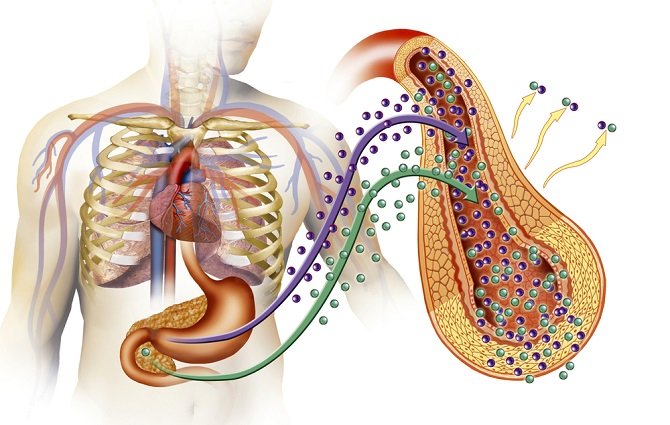How to know if you are suffering from prediabetes

The first thing you should know about prediabetes is that it is asymptomatic, that is, if you are a person who suffers from this condition, you will not feel any particular discomfort related to it. You will not have headaches, dizziness, fatigue or visible body mark.

But prediabetes is the initial stage of type II diabetes mellitus, which is quite a serious disease and causes various discomforts. That is why the best way to prevent the occurrence of prediabetes is to verify the risk factors that can predispose you to it.
Table of Contents
Risk factors in prediabetes.
Here is a list of 5 signs that can help you determine if you may be suffering from prediabetes:
- Family genetic history: If your family or ancestors have had at least 3 generations of people who have suffered from type II diabetes mellitus, your predisposition is quite high, with a probability of between 80% and 100%, according to the presence of the gene and the number of members who have suffered it.
- Tests: If, after performing at least 2 or 3 blood glucose tests, your values have been between 100 and 125 milligrams per deciliter on an empty stomach.
- Accelerated lifestyle: If your work days and daily lifestyle do not leave much time for food or diets, and you consume only fast foods, sweets or sweets with high carbohydrate content, sugary drinks and confectionery, you should get a medical check-up and check your blood values; especially those that have to do with metabolism, such as blood sugar, cholesterol, cortisol and triglycerides.
- Need for sweets: Drinking sugary drinks, being very thirsty, and the urge to urinate quite often is a clear sign that you could be on the road to prediabetes or diabetes.
- Difficulties to heal small or large wounds.
Indicators of prediabetes.
Prediabetes: Is a set of primary conditions linked to diabetes, which begin to appear at any age, and which are conditioned by some factors, both hereditary and dietary, quality of life and consumption of sugar or glucose in amounts greater than those recommended by nutritionists.
Some research studies indicate in their statistics that more than 54 million people are suffering from prediabetes, and that this number continues to increase exponentially. That is why if a projection of the Western world is made, the levels of prediabetes would be a bit alarming.
How to determine if you have prediabetes?
Will it take too many tests to determine if you are suffering from prediabetes?
The answer to this question is no. High blood sugar levels, but not enough to diagnose diabetes as such, can be an indicator that in the next few years you could suffer from the disease, which is finally the evil feared by many and that indicates that you must change radically your lifestyle.
Prevention of prediabetes.
Here is a list of 4 preventive measures to avoid prediabetes:
- Change your lifestyle: Abandon the sedentary life and dedicate yourself to doing at least half to an hour a day of exercises.
- Change fast food rich in carbohydrates and sugars, for a healthy diet abundant in vegetables, greens and salads. Increase dietary fiber and prefer not to eat fried foods, but steamed, grilled or cooked.
- Avoid sugar intake and replace it with sweeteners that are not fructose, or based on cellulose or lactose.
- Improve the diet: Change sweets for fruits such as strawberries, blackberries, pineapple, melon, watermelons, passion fruit and guavas. Change your drinks, abandon sugary sodas and soft drinks for unsweetened fruit juices and if it is necessary to sweeten, do it with sweeteners.
- Increase your intake of vegetables: Chard, spinach, lettuce, broccoli, cauliflower, carrots, beets, Spanish celery or celery, bell peppers, tomatoes, avocado, among other vegetables. Create your own salads to complement with white meat, chicken and fish, reduce red meat and completely eliminate pork.


